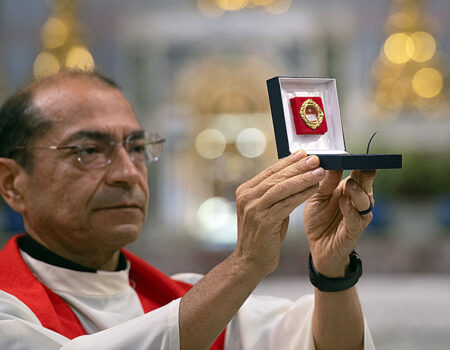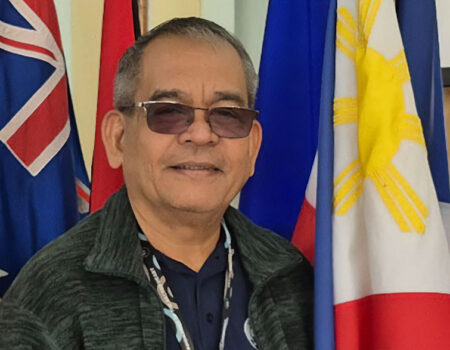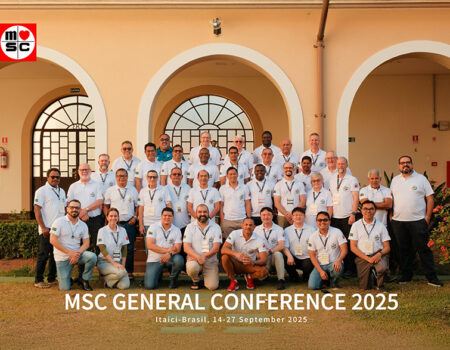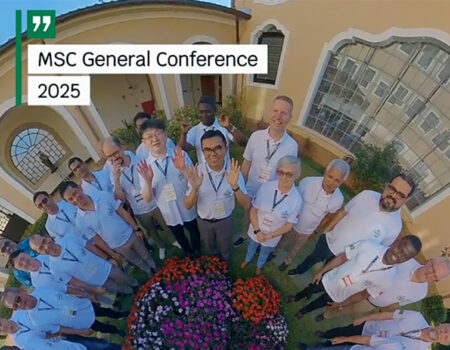Everywhere: Mission
Tuesday September 2, 2025
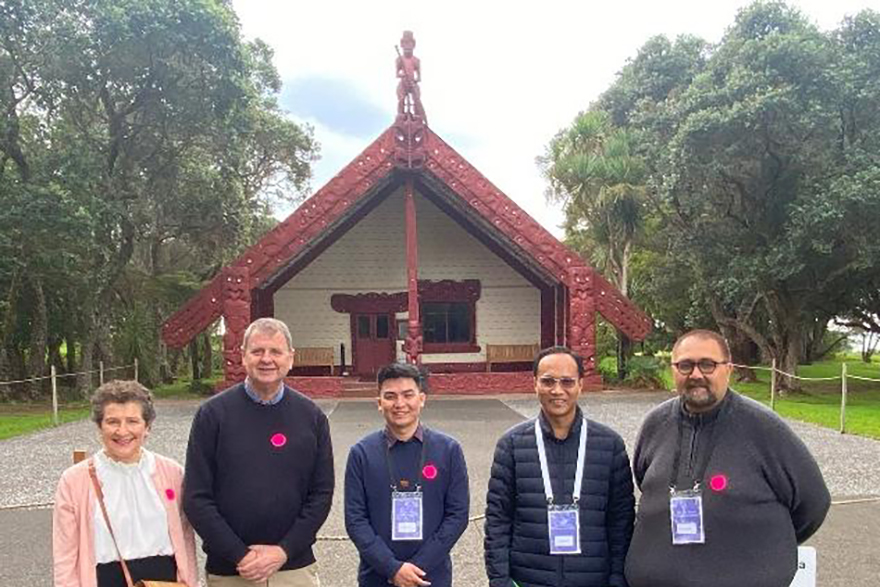
Mid‑North Region, Auckland Diocese, New Zealand
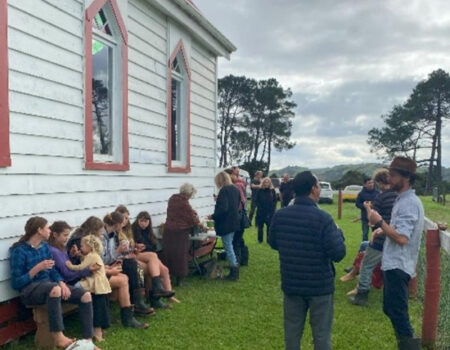
In late 2024, Bishop Stephen Lowe of Auckland invited several Australian missionary congregations to serve in the remote Mid‑North region of his diocese. Initially declined, the MSC Provincial reconsidered the proposal in Council after a survey by the Province Secretary. The opportunity was then offered to the young MSC Vietnam Community of the Australian Province as its first official overseas mission. In May 2025, two members — Fr. Hoang Huy Nguyen and Fr. Bang Hai Dinh — were invited to visit and discern.
Historical Significance. The Mid‑North holds profound importance for the Catholic Church in New Zealand. Bishop Jean‑Baptiste François Pompallier, regarded as the Church’s patriarch in Aotearoa, celebrated the first Mass at Totara Point (now Panguru Parish) on 13 January 1838. Arriving with only French, he quickly learned English and Māori, establishing mission stations across the region. His respect for Māori culture and advocacy for their concerns led to over 45,000 conversions in a few years. Pompallier was present at the 1840 signing of the Treaty of Waitangi, securing the inclusion of an “unwritten fourth article” guaranteeing religious freedom and protection of Māori customs. This legacy makes the Mid‑North a place of national and ecclesial heritage, now entrusted to the MSC Vietnam Community.
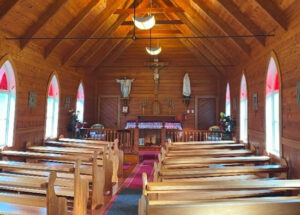
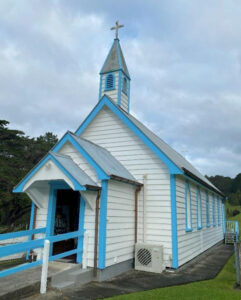
Context & Mission. The mission territory spans coast‑to‑coast, from the Tasman Sea to the Pacific Ocean, and is currently served by three priests based in Kaikohe, Panguru, and Kaitaia. These centres oversee:
· Kaikohe: 3 parishes, 7 Eucharistic communities
· Panguru: 2 parishes, 10 Eucharistic communities
· Kaitaia: 1 parish, 3 Eucharistic communities
Communities range from tourist towns (Russell, Paihia, Mangōnui) to remote Māori settlements (Panguru, Pawarenga) and off‑grid farming villages (Whirinaki). Each manages its own finances and buildings, with strong commitment to the Eucharist.
Like many rural areas, the population has declined as youth move to cities for work. However, new migrants (Filipino, Indian, Korean, Vietnamese) and returning Māori retirees are reshaping the demographic. Bishop Lowe notes a cultural and spiritual renaissance in New Zealand, especially among younger Māori, and believes the Church must actively participate in this revival. To that end, he has appointed a Māori cultural and linguistic ambassador to bridge Church and Māori communities, encouraging clergy to learn Māori culture, recognise its Christian resonances, and celebrate Mass in Te Reo.
The MSC Vietnam Community’s mission is to be a pastoral presence “at Ground Zero,” accompanying the faithful in their spiritual journey. They will work alongside a Māori deacon and katekita (catechists), whose ministry dates back to Pompallier’s time and subsequent missionary orders.
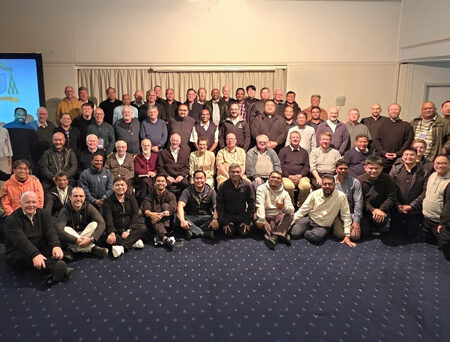
Sacred Sites & Communities. The territory includes St. Mary’s Church, Motuti — housing Pompallier’s remains — and the Russell church, New Zealand’s National Shrine of St Peter Chanel, with a permanent relic. The mission also serves century‑old farming communities and new off‑grid settlers in Whirinaki.
Conclusion. Despite the distances and varied pastoral needs, the MSC Vietnam Community believes “Heart Spirituality” has a place in the peripheries of New Zealand. Encouraged by the Auckland Priests’ Assembly, they begin their first overseas mission with the support of your prayer and the intercession of Our Lady of the Sacred Heart, aspiring to be “on earth the heart of God.”
Kenji Konda, MSC


